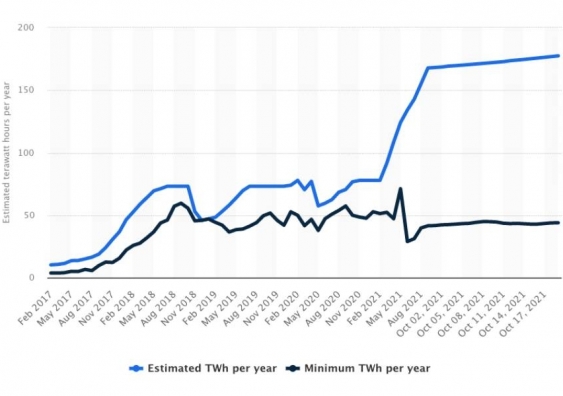Can cryptos like Bitcoin ever be sustainable?
The use of cryptos like Bitcoin has a significant environmental impact, and sustainability needs to be a pressing concern alongside the economic benefits they generate, says a UNSW Business School expert.






